Best
Beginner Oboe
-
Overall: ABS resin body provides enhanced durability and a wood-like sound.
-
Best Feature: Silver-plated keys are fluid and responsive.
-
TedScore™: 8/10
Best
Overall Oboe
-
Overall: A full conservatory key system with silver-plated keys.
-
Best Feature: Stainless steel arbors and wire springs and Teflon-tipped stainless steel adjusting screws.
-
TedScore™: 10/10
Best
Intermediate Oboe
-
Overall: Premium grenadilla body and bell.
-
Best Feature: All cork keys and metal tenon joints.
-
TedScore™: 9/10
Discovering how to clean an oboe opened up a world of joy. The gleaming instrument, paired with the crisp sound of each note, was a source of sheer delight.
You might think that cleaning an oboe is a tricky task for experts at the music store, but don’t worry! With a few straightforward tools and patience, you can keep your oboe clean and shiny all on your own.
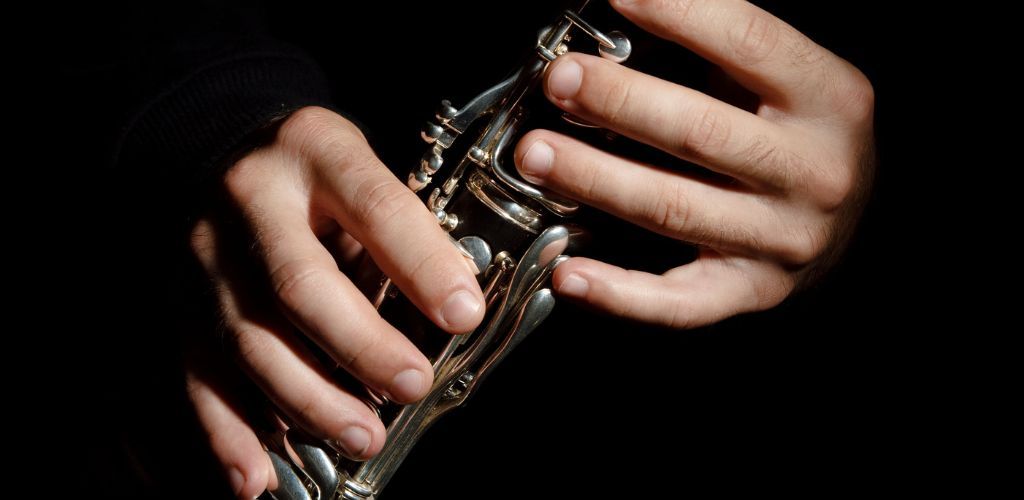
Before we start, I’ll share my favorite oboe maintenance tip: always use a tone hole cleaner gently to prevent the heartache of damaging those delicate parts.
So, keep reading; I promise to make this as fun as a spontaneous jam session. You’ll learn everything you need to make oboe cleaning more enjoyable.
Regular Cleaning Procedures
ONE

Keeping my oboe in top-notch condition is the key to a beautiful performance. Regular cleaning extends the instrument’s life and ensures every note I play is crisp and clear.
Swabbing Out Moisture
Each time I finish playing, I take a moment to swab out moisture from my oboe. I use a silk swab because it’s gentle and highly absorbent.
I drop the weight through the bell and gently pull the swab through each section, ensuring I remove all condensation. It’s like a little hug I give my oboe after a hard day’s work.
Wiping the Keys
The keys can gather dust and fingerprints, dulling their shine and potentially clogging their action. I always use a soft, non-chemical microfiber polishing cloth to wipe each key.
It’s like pampering the oboe – a spa treatment that keeps it looking as good as it sounds.
Cleaning the Bore
Finally, the bore needs attention, too, but gently does it. Cotton swabs are perfect for cleaning any buildup in the tone holes.
I meticulously clean these areas, maintaining a clear path for my music to flow. My secret is sustaining that enchanting oboe tone that we all love.
Preparation for Cleaning
TWO
I like to ensure I’ve got everything I need and that I’m setting up my oboe for a proper clean, not a quick dust-off.
Gathering Necessary Cleaning Supplies
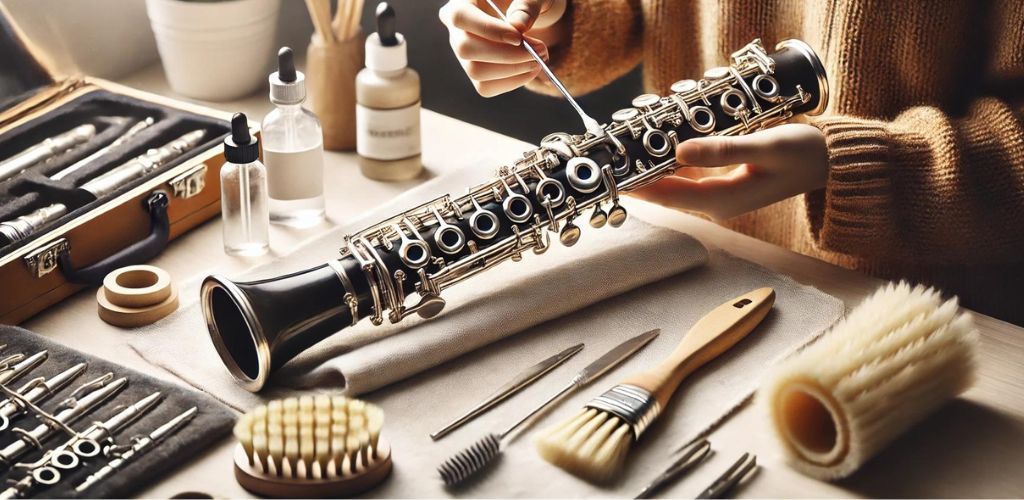
I begin by rounding up all my cleaning supplies, which include a few essentials. I make sure I have a silk swab because it’s gentle on my oboe and super absorbent.
Oboe cleanliness hinges on good swabbing. For those hard-to-reach spots, I trust nothing more than my trusty feather or small brush—perfect for tickling away any dust.
A slick of cork grease is a must-have, but I’m always careful to use just a dab.
I’ve also learned to keep some cigarette paper within reach. It comes in handy for pressing moisture out of the pads without leaving residue.
A humidifier near my oboe case is a silent guardian against cracking from dry air, especially when I’m not playing. Keeping the humidity level right helps my instrument stay in tune with the room’s temperature.
I always ensure my hands are clean and free of grease or lotion to prevent any unwanted smudges on the instrument.
Disassembling the Oboe
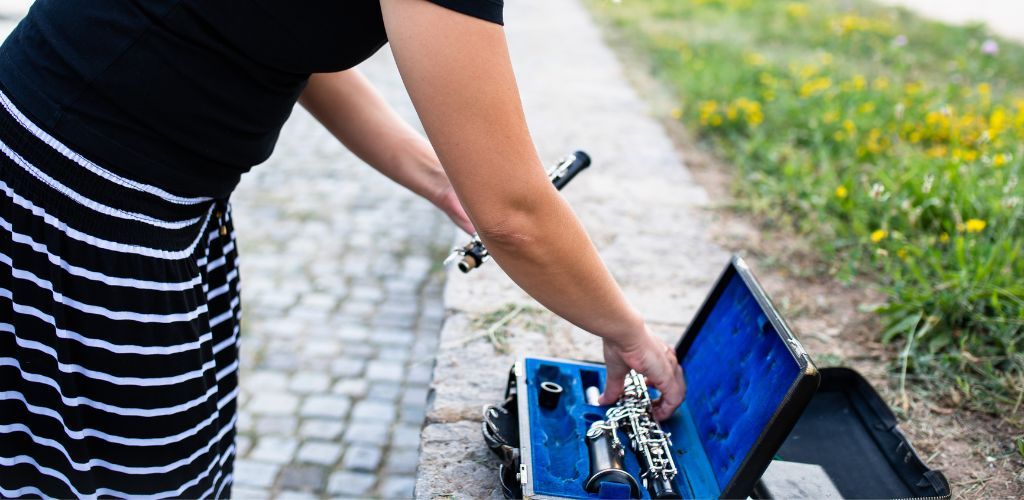
I do this gently, with care, as if I’m disassembling a puzzle that must fit perfectly together.
Starting from the top and working my way to the bottom, I separate the pieces and lay them out on my clean work surface. I always check the cork joints; they should be tight enough.
If they feel dry, I apply a spot of cork grease, which makes assembly smoother next time around. I’m cautious not to let grease get on the pads, though, as cleaning off can be a bother.
Maintaining Corks and Keys
THree
In my playing days, I learned that a well-maintained oboe is a performer’s pride.
Let’s explore how the right maintenance can keep your corks supple and your keys gliding smoothly.
Applying Cork Grease
Before assembling my oboe, I dab a small amount of cork grease on my finger. A light coating on the tenon corks makes assembly seamless and prevents them from drying out and warping.
Remember, there is no need to go overboard—a little goes a long way!
Oiling the Keys
When my oboe keys feel less cooperative, it’s vital oil to the rescue. A tiny drop on the pivot points ensures each key maintains its smooth and responsive action, and we want to avoid any stickiness.
Regular oiling of the keys, done carefully, is essential; it helps to sidestep costly repairs and keeps the music flowing.
Checking for Pad Wear
I keep an eye on my cork pads; they can be the sneakiest bit. If they look worn or don’t seal properly, it’s time for adjustments or repairs.
Regular check-ups prevent trouble, guaranteeing that my oboe’s whispers and roars are perfect.
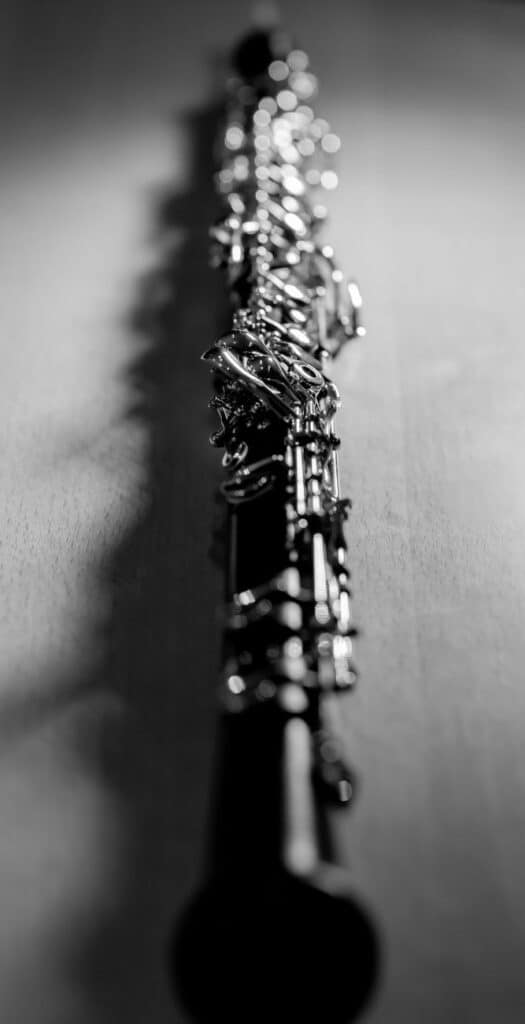
Advanced
Maintenance and Care
Four
Proper maintenance merges the meticulous with the systematic. I always remind fellow oboists that the fine details give rise to seamless performances and a long-lived instrument.
Dealing with Temperature and Humidity
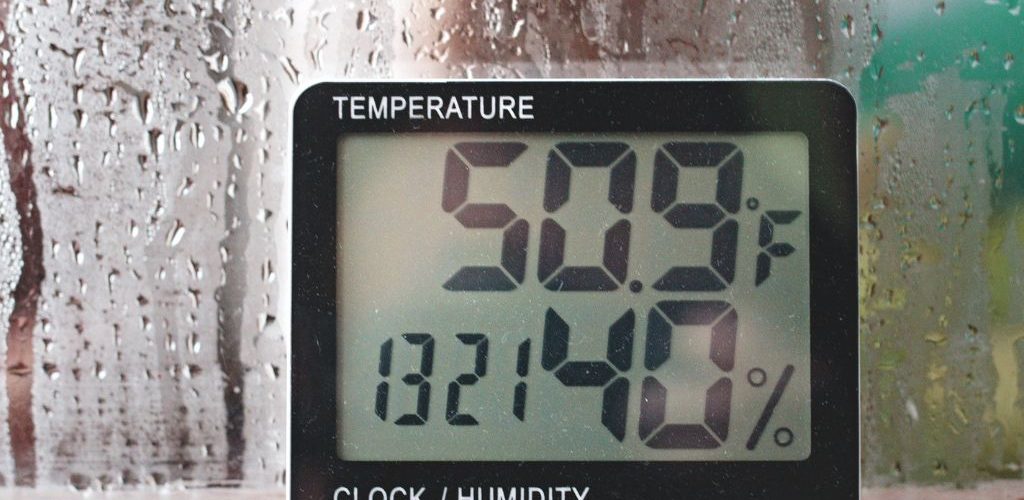
I’m quite cautious about protecting my oboe from the whims of temperature and humidity. The wooden body of an oboe is rather delicate, and it doesn’t take kindly to extreme temperatures or changes in humidity.
To prevent damage like cracking, I employ a humidifier during drier months to maintain a level of moisture that’s kind to wood. Conversely, too much humidity can lead to swelling, so a dehumidifier becomes my best friend in the summer, thwarting any potential warping.
Cleaning Wooden Oboes
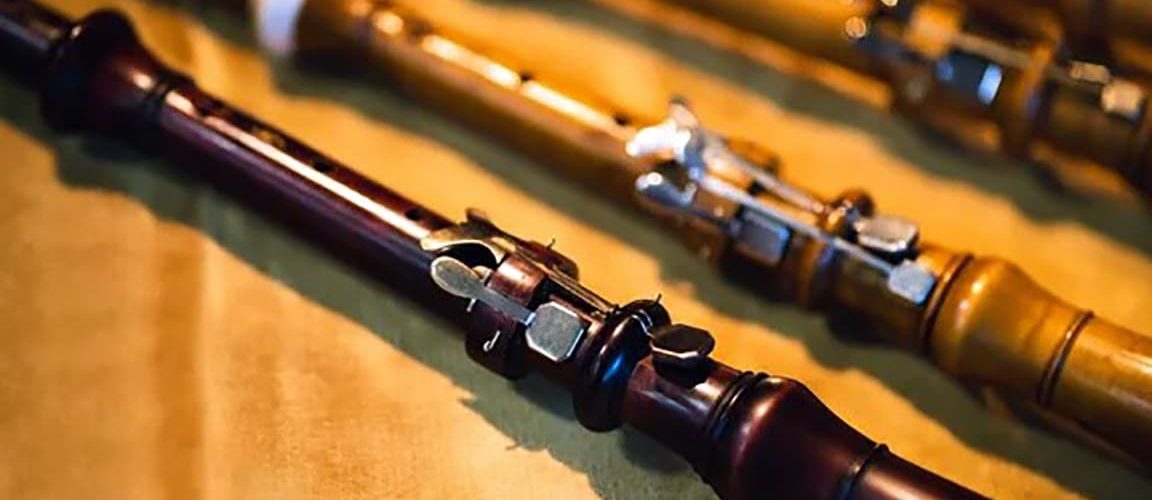
When caring for wooden instruments like oboes, cleaning the upper joint and lower joint thoroughly to remove any food particles or debris is essential. Storing wooden oboes in a mesh bag can help protect them from dust and minor impacts.
Additionally, paying attention to the octave vents in the top joint is crucial for maintaining the instrument’s optimal performance and tonal quality.
Properly maintaining all parts of wooden oboes, including the upper joint and lower joint, is necessary to ensure longevity and excellent sound production.
When to Visit a Repair Person
Despite my vigilant maintenance, there comes a time when a professional’s touch is required. I know it’s time to visit a repair person when keys start sticking despite regular cleanings or when the sound quality noticeably changes.
They handle all those intricate bits with the expertise only years of experience can bring.
Whether it’s realigning the mechanism or addressing cracks that somehow snuck past my watch, they ensure my oboe sings as sweetly as the day it made its first sound.
Reassembling and
Storing the Oboe
Five
When I’ve finished playing, I know that putting my oboe back together correctly and storing it safely is as crucial as the performance itself. It’s a ‘thank you’ to my instrument for its companionship.
Proper Assembly Tips
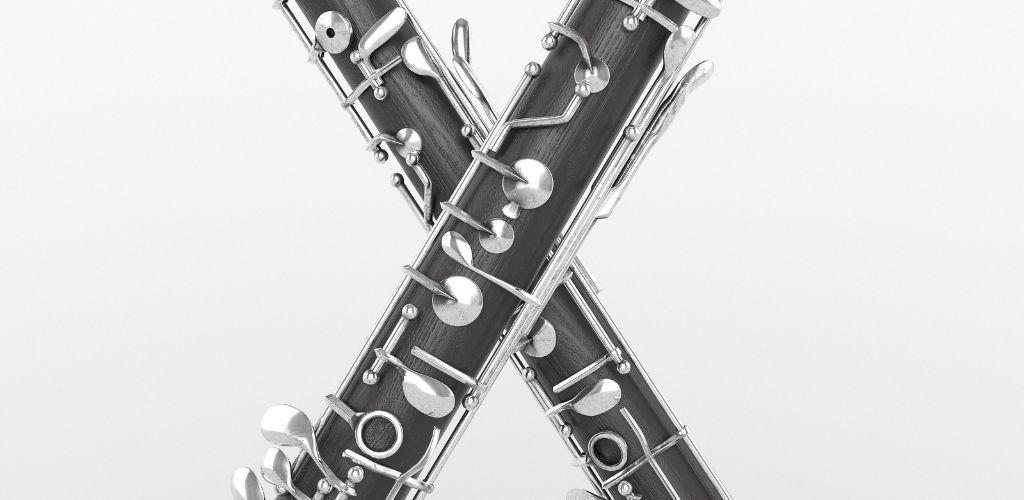
As I prepare to assemble my oboe, I always remember to handle the joints gently since forcing them can damage the keys.
I make sure the tenons are clean before cautiously twisting the joints together until they are lined up perfectly. Using cork grease on the tenon corks helps them slide together smoothly and protects them from wear.
Safe Storage Practices
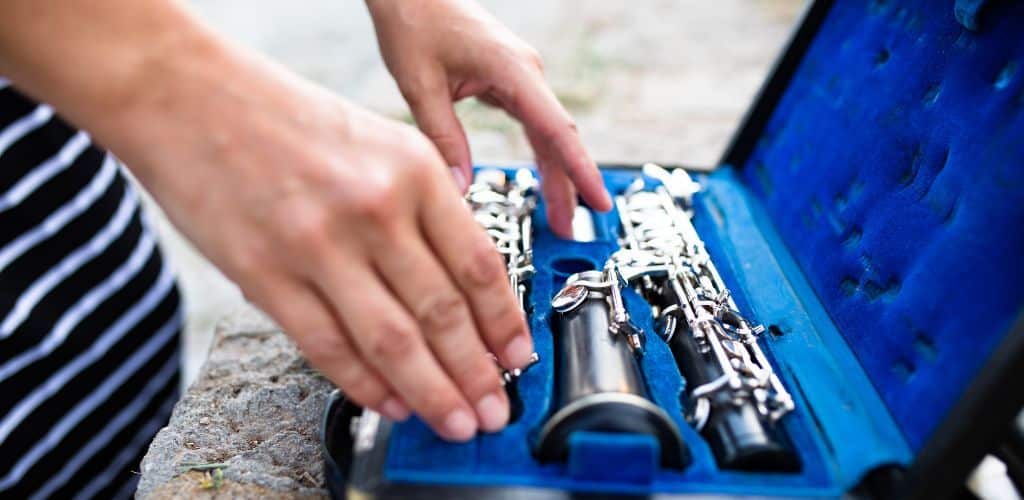
I like to keep my oboe in a sturdy case that supports each piece snugly — nothing should rattle about. I double-check that all latch locks are secure, so there’s no chance of an impromptu escape!
Storing the case in a room with stable temperature and low humidity keeps my oboe from the dangers of warping and cracking. Maintenance is a doddle when your oboe’s environment is as constant as my love for music.
Oboe Brands Recommendation
Fox Tristan
The Fox Tristan English horn is a professional-grade instrument made of select maple and finished like a professional bassoon. It is renowned for its depth and resonance, offering a rich and expressive sound.
Fox Tristan Model 580 Professional English Horn with Full Conservatory System
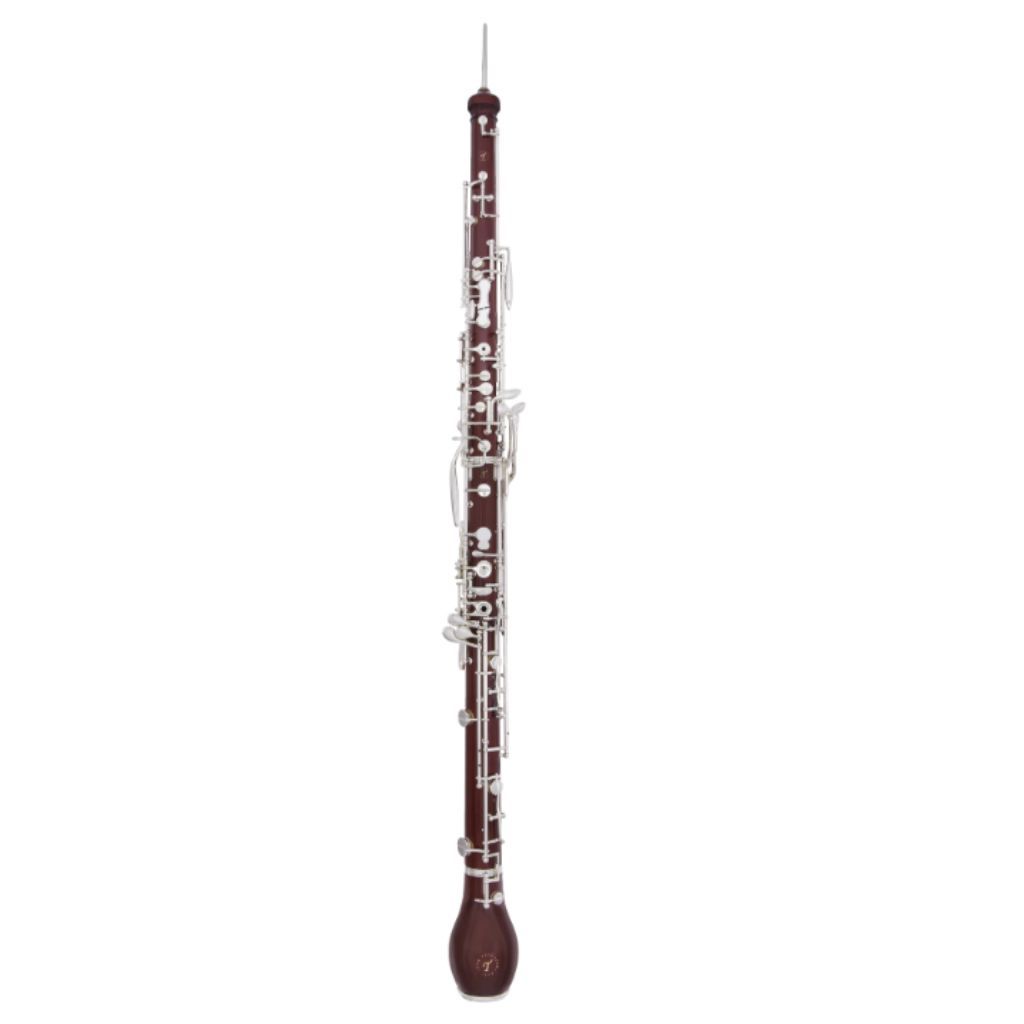
FEATURES: A full conservatory key system with silver-plated keys
OTHER INFO: Stainless steel arbors and wire springs and Teflon-tipped stainless steel adjusting screws
- Comes with a professional-quality case, two XL bocals, aluminum tenon caps, a 3-reed case, silk swab, screwdriver, and cork grease
- None
When you click ‘Check Price’, you’ll see there are loads of great places to buy this item. Our personal favorite is Sweetwater for the US, and Thomann and Gear4Music for the UK & Europe.
They are the largest music retailers, with excellent customer service, competitive prices, really fast shipping, and the longest guarantees.
The professional musician who wrote this article combined many things,
from the product build, manufacturer’s reputation through to feedback
from other users, to create our famous TedScore™.
Yamaha
The Yamaha oboe, known for its high-quality craftsmanship and precision, offers a clear sound quality and superb intonation.
Yamaha oboes are designed to focus on stability and accuracy in the bore, making them a popular choice among musicians for their reliable performance and exceptional sound.
Yamaha YOB-441IIT Intermediate Oboe
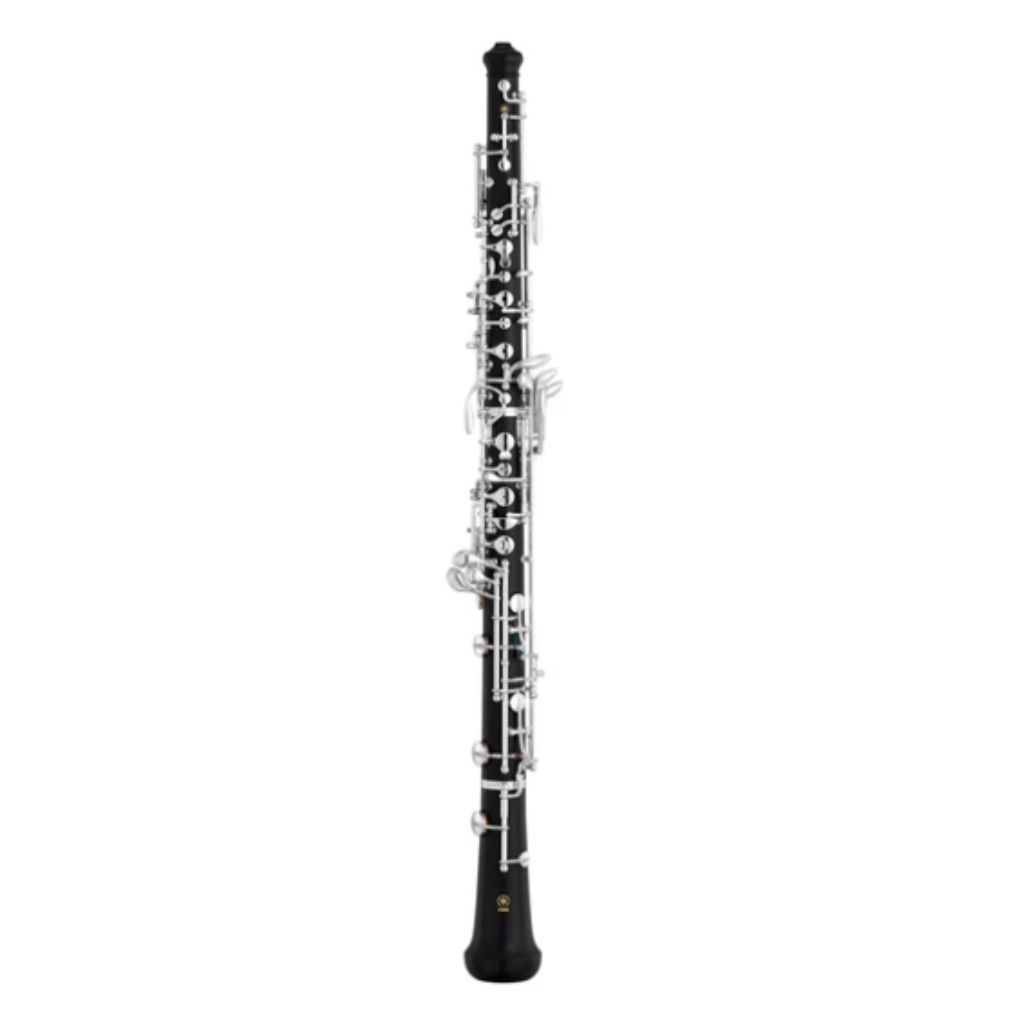
FEATURES: Premium grenadilla body and bell
OTHER INFO: All cork keys and metal tenon joints
- Includes a Yamaha OBC-430II case and OBB-430II cover
- It is priced higher compared to some other intermediate oboe models
When you click ‘Check Price’, you’ll see there are loads of great places to buy this item. Our personal favorite is Sweetwater for the US, and Thomann and Gear4Music for the UK & Europe.
They are the largest music retailers, with excellent customer service, competitive prices, really fast shipping, and the longest guarantees.
The professional musician who wrote this article combined many things,
from the product build, manufacturer’s reputation through to feedback
from other users, to create our famous TedScore™.
Jupiter
Jupiter oboes are recognized for their durable construction and responsive playability, making them popular for students and advancing players.
Jupiter JOB1000 Student Oboe Modified Conservatory System
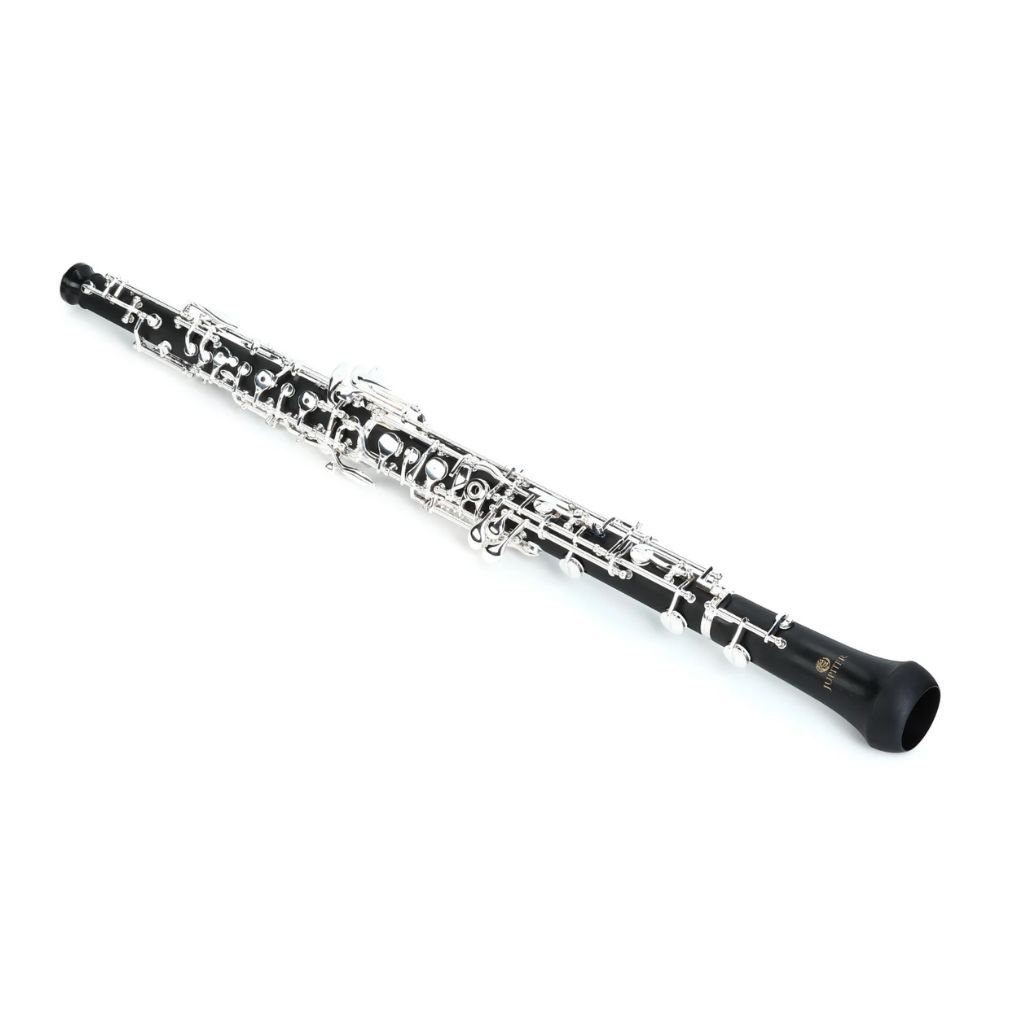
FEATURES: ABS resin body provides enhanced durability and a wood-like sound
OTHER INFO: Silver-plated keys are fluid and responsive
- Includes a lightweight ABS molded carrying case
- Modified conservatory system limiting in terms of key work customization and flexibility
When you click ‘Check Price’, you’ll see there are loads of great places to buy this item. Our personal favorite is Sweetwater for the US, and Thomann and Gear4Music for the UK & Europe.
They are the largest music retailers, with excellent customer service, competitive prices, really fast shipping, and the longest guarantees.
The professional musician who wrote this article combined many things,
from the product build, manufacturer’s reputation through to feedback
from other users, to create our famous TedScore™.
How To Clean An Oboe
Summary
I can’t stress enough how essential it is to give your oboe the care it deserves. A clean oboe shines visually, and its notes will sing with clarity.
Remember, a cotton swab run through the bore after each session whisks away moisture and keeps your tone pristine. And those tiny nooks and crannies around the keys? They’re little dust havens, so a quick once-over with a brush keeps them spotless.
Avoid harsh chemicals on your treasure; they can be oboe nightmares. With your polishing cloth, a gentle buff on the keys makes them gleam without harm.
I always habitually cradle my reeds safely in a case – they’re delicate little things. Ensuring they’re clean and secure can prolong their life.
Regular maintenance isn’t just about sparkle—it underpins the music. Taking these steps preserves both the instrument and the joy it brings.
And who wouldn’t want their oboe to perform at its best for as long as possible? Put care for your oboe; it’ll indeed care for your music!
Wait! There’s more…
Check this comprehensive article that explores the cost of oboes, providing valuable insights into pricing and factors to consider when purchasing an oboe.
FAQ's
To clean the exterior of your oboe, use a soft, lint-free cloth. To remove moisture and debris from the interior, use silk swabs or a lint-free cloth attached to a cleaning rod. Avoid using harsh chemicals or abrasive materials that could damage the instrument. It’s also recommended to use specialized oboe key oil to maintain the interior wood.
You should clean your oboe after every playing session to prevent the build-up of moisture and dirt, which can affect the instrument’s performance and longevity. Regular maintenance and cleaning are essential for keeping the oboe in optimal condition.
Swab the instrument after each use to remove moisture to care for a wooden oboe. Store it in a protective case away from direct sunlight and extreme temperatures. Periodically oil the bore to maintain the wood’s moisture content and have it serviced by a professional technician regularly.
To polish an oboe, use a soft, lint-free cloth to wipe the instrument’s surface gently. Avoid using abrasive polishes or cleaning agents that may damage the wood or the keys. Additionally, consider using a specialized woodwind instrument polish recommended by the manufacturer for best results.




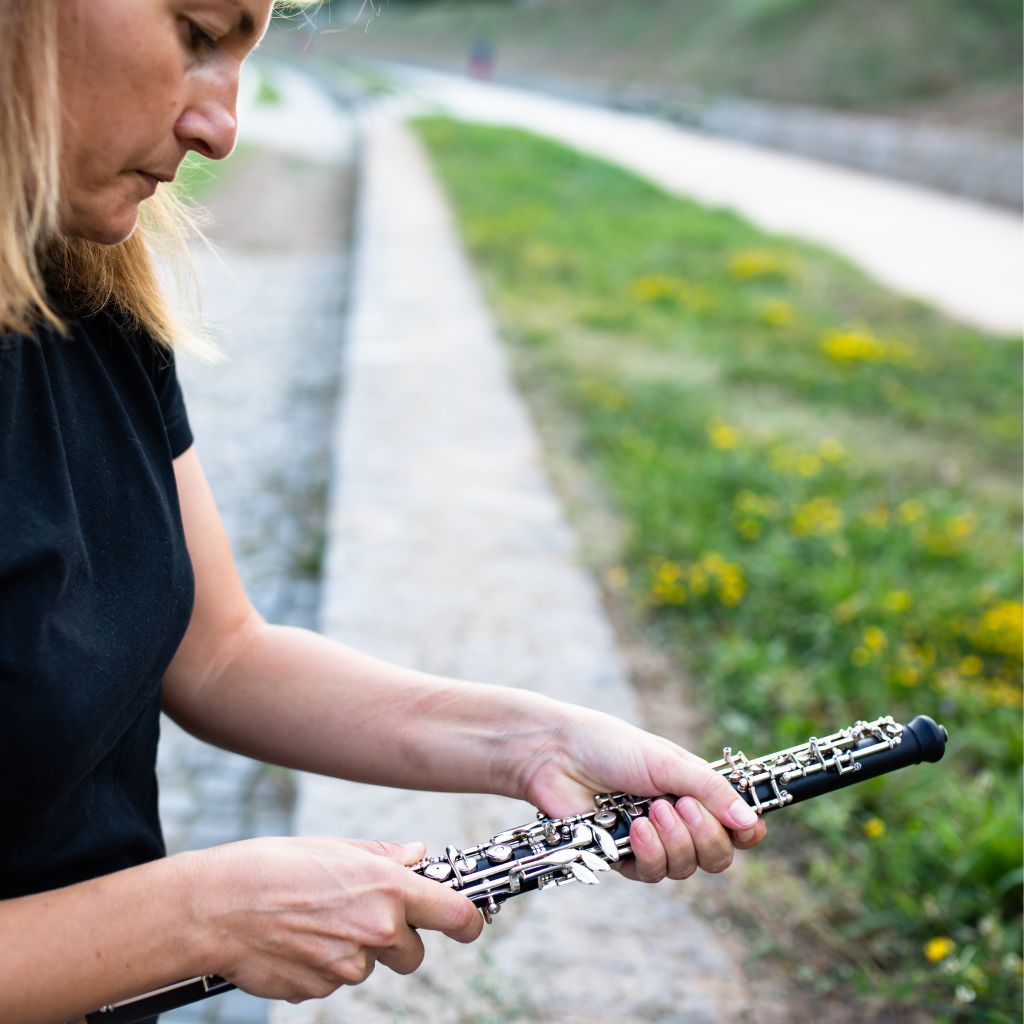








Nice to see Yamaha getting a shoutout, they make solid instruments.
While the article provides an excellent overview of basic and advanced oboe maintenance, it is critical to emphasize the importance of humidity control for wooden oboes. Sudden changes in temperature and humidity can not only affect the instrument’s tuning but also its longevity. Hygrometers and instrument humidifiers should be considered essential for any oboist residing in regions with significant climate variation.
Interesting point about the hygrometers, Dr. Craft. Any brands or models you recommend for those of us just starting to look into this?
yo, applying cork grease is like the most underrated part of oboe maintenance. glad to see it getting some love here.
Katie Bennington, your guide on swabbing out moisture is very thorough. But, I’ve always wondered if a certain type of swab material is best for wooden oboes. Does the material even matter, or is it more about how you use it? Thanks!